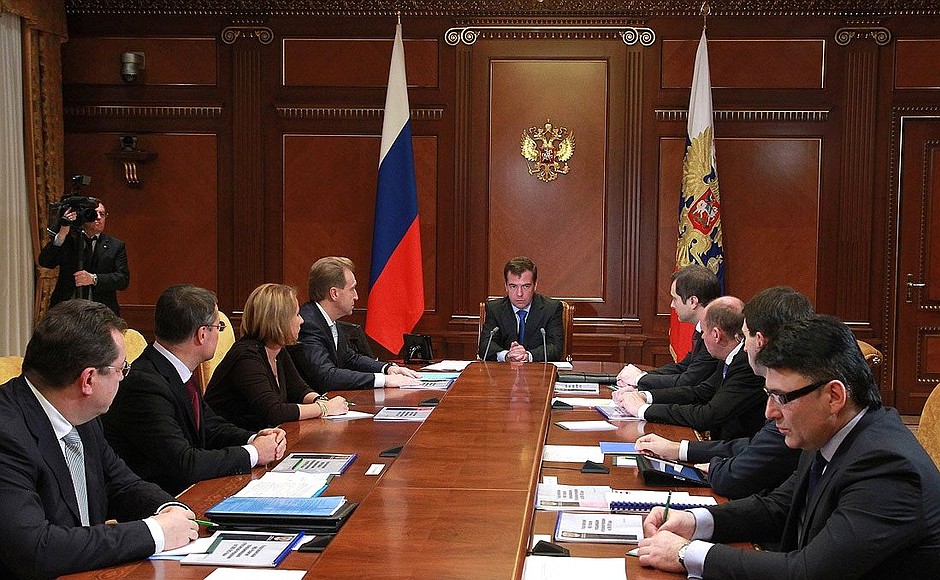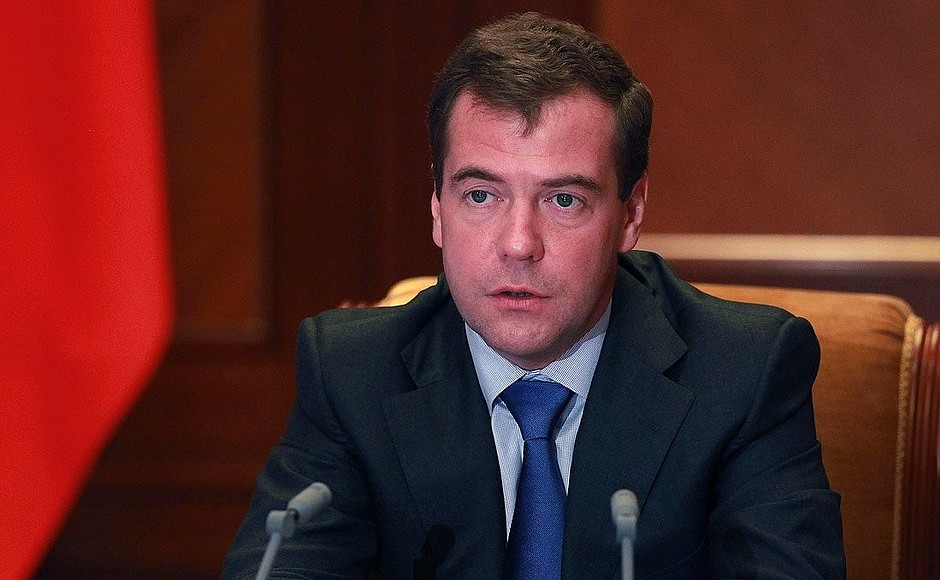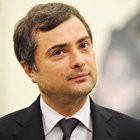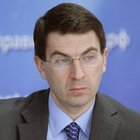The meeting addressed the transition to digital TV and radio broadcasting. This year, digital broadcasting will be available to over 20 million people in 16 of the Russian regions.
In opinion of the President, it is important not only to make digital television accessible to individuals throughout the entire country by 2015, but also to make it more interesting and of better quality.
Taking part in the meeting were First Deputy Prime Minister Igor Shuvalov, First Deputy Chief of Staff of the Presidential Executive Office Vladislav Surkov, Deputy Chief of Staff of the Presidential Executive Office Alexei Gromov, Presidential Press Secretary Natalya Timakova, and Minister of Telecommunications and Mass Media Igor Shchegolev.
* * *
President of Russia Dmitry Medvedev: Today, we are meeting to discuss the development of television and radio broadcasting in our country and the transition to digital broadcasting. Overall, this is a familiar topic that we have addressed several times already; I dealt with this issue when I was working in the Government. This work has been started and is underway. My understanding is that we do not have any major delays.
Our goal is to have nation-wide digital television access by 2015. I am certain that we will meet this goal; we must not lag behind in our scientific and technological progress. We should do everything just as we planned. We have made a series of decisions, including those concerning the first set of digital channels, the so-called first DTT multiplex.
I hope that all of you will brief me on the progress of forming this DTT multiplex. I would like to point out that we need to work not only on the first set, but the second and third sets as well, because our goal is to broaden the options available to our citizens, and as we discussed many times, this choice should be no worse than in Moscow. How many channels do we have in Moscow?
Reply: 21 or 22.
Dmitry Medvedev: Yes, twenty-two. More than twenty channels. Indeed, that is the goal: for people living in Anadyr or other distant parts of our country – in any village – to be able to get the same number of channels as do Moscovites. That is the essence of a common digital space. That is where the positive effects of global information technologies can be seen. This year, we are implementing a digital broadcasting framework in 16 regions, thus allowing more than 20 million people to receive digital signal.
We must give particular attention to regions bordering on other – neighbouring – states, for obvious reasons, not only because it’s easy of use, but for security reasons too. The goal remains as before: to make television more interesting and ensuring better quality.
<…>




